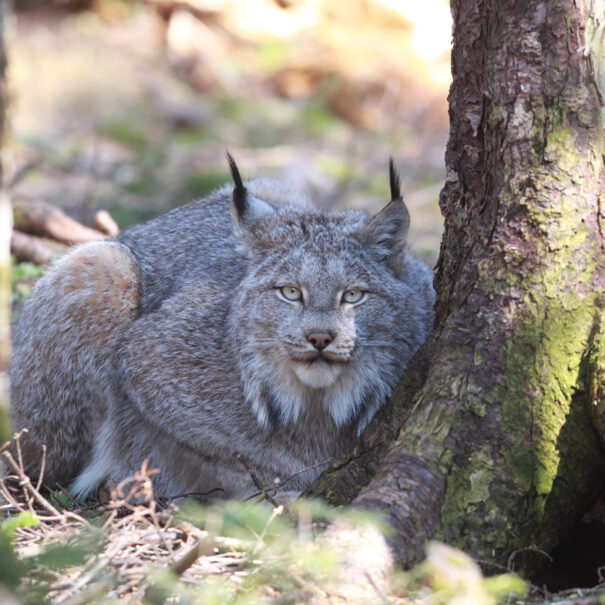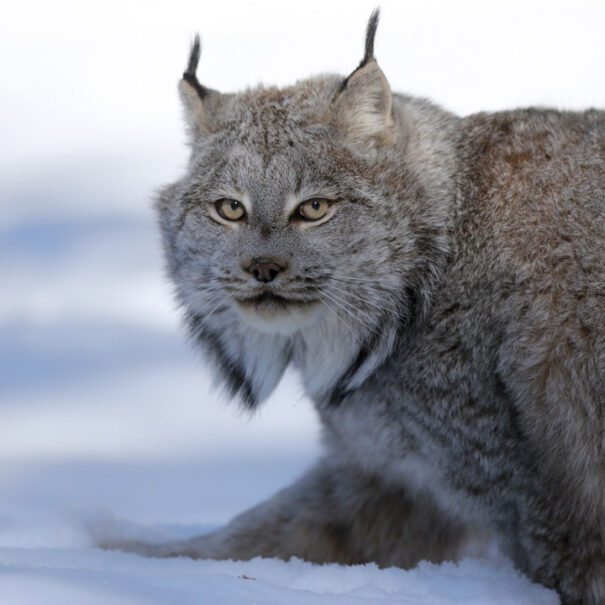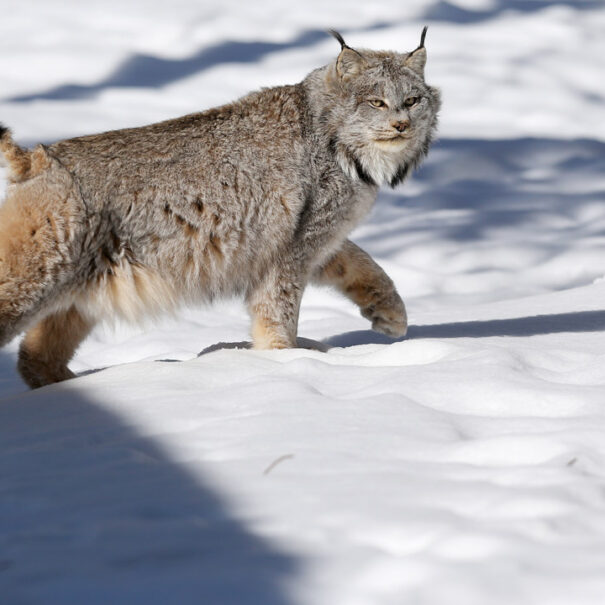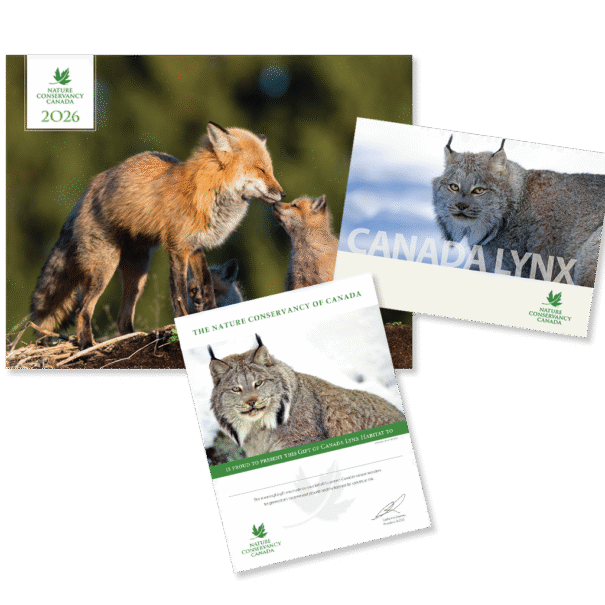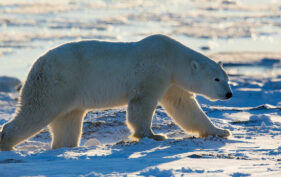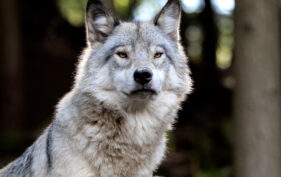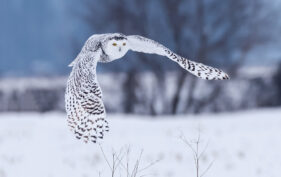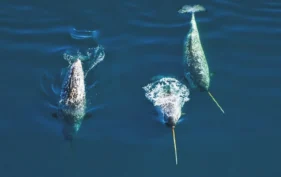Canada Lynx
Distinguished by their long ear tufts and black-tipped tail, lynx are often mistaken for their cousin, the bobcat. Their large, furry paws act like snowshoes by distributing their weight to help keep them from sinking too deeply in the snow. Found in the northern forests of Canada, lynx are provincially endangered in Nova Scotia and New Brunswick.
Gift details
Digital download includes:
- Digital species booklet
- Digital full-colour certificate
- Informational video
Physical package includes:
- 2026 NCC calendar
- Species booklet
- Full-colour certificate
Need to ship to multiple addresses? Visit the FAQ page for more information.
Your Gift in Action
Your gift will conserve critical habitats and ensure a future for species at risk. It will also build healthier, more resilient ecosystems that provide essential benefits and services to people and their communities, while countering the effects of climate change and biodiversity loss.
Since 1962, NCC has brought Canadians together to conserve and restore more than 15 million hectares, coast to coast to coast. But we must do more faster and accelerate the pace of conservation. Every gift and donation counts.
Canada Lynx
Distinguished by their long ear tufts and black-tipped tail, lynx are often mistaken for their cousin, the bobcat. Their large, furry paws act like snowshoes by distributing their weight to help keep them from sinking too deeply in the snow.
Canada lynx have a short body, small tail and long legs. Their ear tufts act as hearing aids, and their eyesight is excellent—lynx can spot a mouse 75 metres away. They do most of their hunting at dawn and dusk. They’re patient, sometimes sitting still for hours to catch their prey. Their preferred prey is the snowshoe hare, but they will also eat squirrels, mice and birds. However, any time the snowshoe hare populations dip every 10 years, the lynx population does, too.
Canada lynx are solitary cats, found primarily in Canada’s north, in the boreal forest, making their dens beneath fallen trees, tree stumps, rock ledges or thick bushes. For now, the lynx population is stable, but it is feeling the pressure of human encroachment. They need large tracts of connected conifer-dominated forest to thrive, but habitat loss and a changing climate threaten the lynx along with Canada’s other northern species.
Lynx are provincially endangered in Nova Scotia and New Brunswick.
Photo 1: Photo by KenCanning, Photo 2: Photo by Mike Dembeck, Photo 3: Photo by Mike Dembeck, Photo 4: Photo by Mike Dembeck


